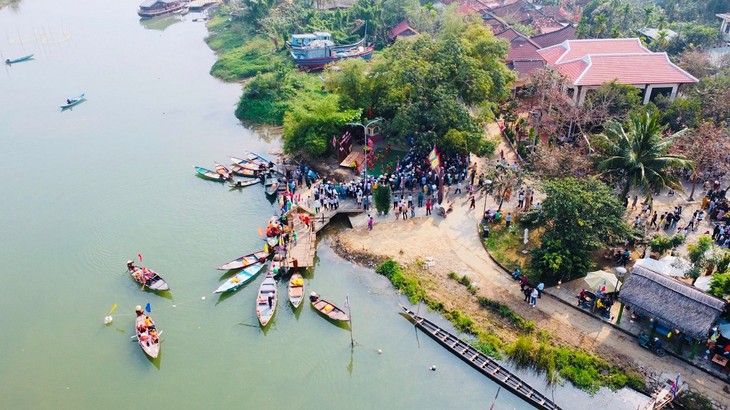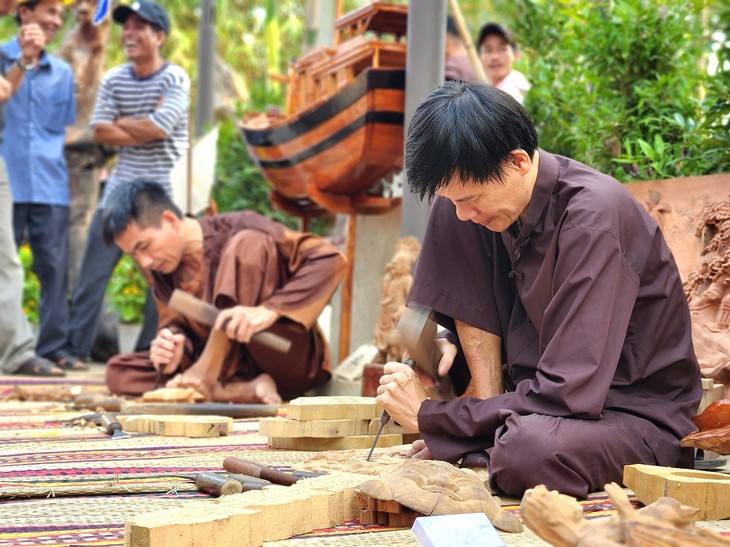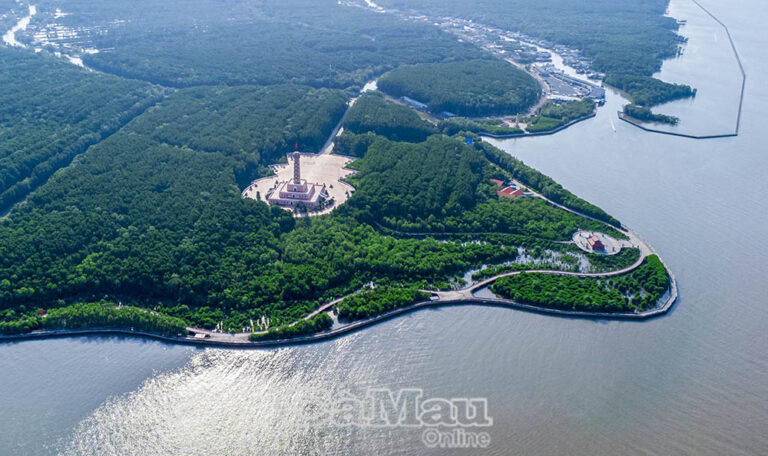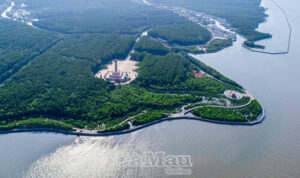Kim Bong carpentry village is about 4 km from Hoi An city (Quang Nam province) on the right bank of the Thu Bon river. The famous carpentry village is more than 600 years old.

Kim Bong carpentry village is located around 4 km southwest of Hoi An downtown. (Photo: baoquangnam.vn)
Kim Bong village began its carpentry craft in the 16th century and has gone through many changes as part of ancient Hoi An’s bustling trade.
The Nguyen, Chuong, Phan, and Huynh clans jointly established the village. By the 18th century, three occupations - construction carpentry, boatbuilding carpentry, and civil carpentry - were being practiced in Kim Bong. The village is also known across Vietnam for the crafts of masonry and statue carving.
Many houses, pagodas, temples, and other architectural works were erected in Hoi An by the skillful Kim Bong carpenters, who were also often invited by the lords of the Nguyen dynasty to carry out construction projects in the Hue royal citadel. Kim Bong products have been exported to multiple regional countries.
Villager Huynh Ri says many local households still practice the traditional craft. “I’ve been doing carpentry since I was 16 years old. Now I’m 85 years old. My greatest wish is that my children and grandchildren continue to follow and preserve the carpentry craft. I’m very happy that Kim Bong carpentry village is getting stronger,” Ri told.

Artisans of Kim Bong carpentry village (Photo: baoquangnam.vn)
A village festival is held on the 12th day of the first lunar month, drawing crowds of domestic and foreign tourists every year. In the early morning, local residents gather at the Tien Hien communal house for a ceremony in which artisans and craftsmen demonstrate carpentry, basket weaving, mat weaving, boat building and repair, and bamboo carving. Then they perform a ritual to honor the gods and their ancestors.
During the festival there is a boat race, bai choi singing (a folk music genre practiced in Vietnam's central region), a display of craft products, and presentations of local dishes.
Nguyen Van Lanh, Deputy Chairman of the Hoi An People's Committee, said, “Many different crafts are demonstrated at the village festival, which represents the identity of the local community and is also a tourism product that attracts many visitors who enjoy interacting with the local community to learn about Vietnam’s folk culture.”
Last year, Hoi An city became a member of the UNESCO Creative Cities Network in the field of crafts and folk arts. Traditional craft villages are ideal places for tourists to visit and experience, said Meritorious Artist Huynh Suong.
“All the artisans and other villagers are very happy to welcome more foreign visitors, who buy the local handicraft products and help boost villgers’ income. This motivates the artisans to preserve their village’s crafts,” said Suong.
Kim Bong carpentry village was recognized by the Ministry of Culture, Sports and Tourism as a national intangible cultural heritage in 2016. The Quang Nam provincial People's Committee has proposed making Kim Bong a community tourism model to preserve the indigenous cultural values and natural ecosystems under the new-style rural building program until 2025.
















